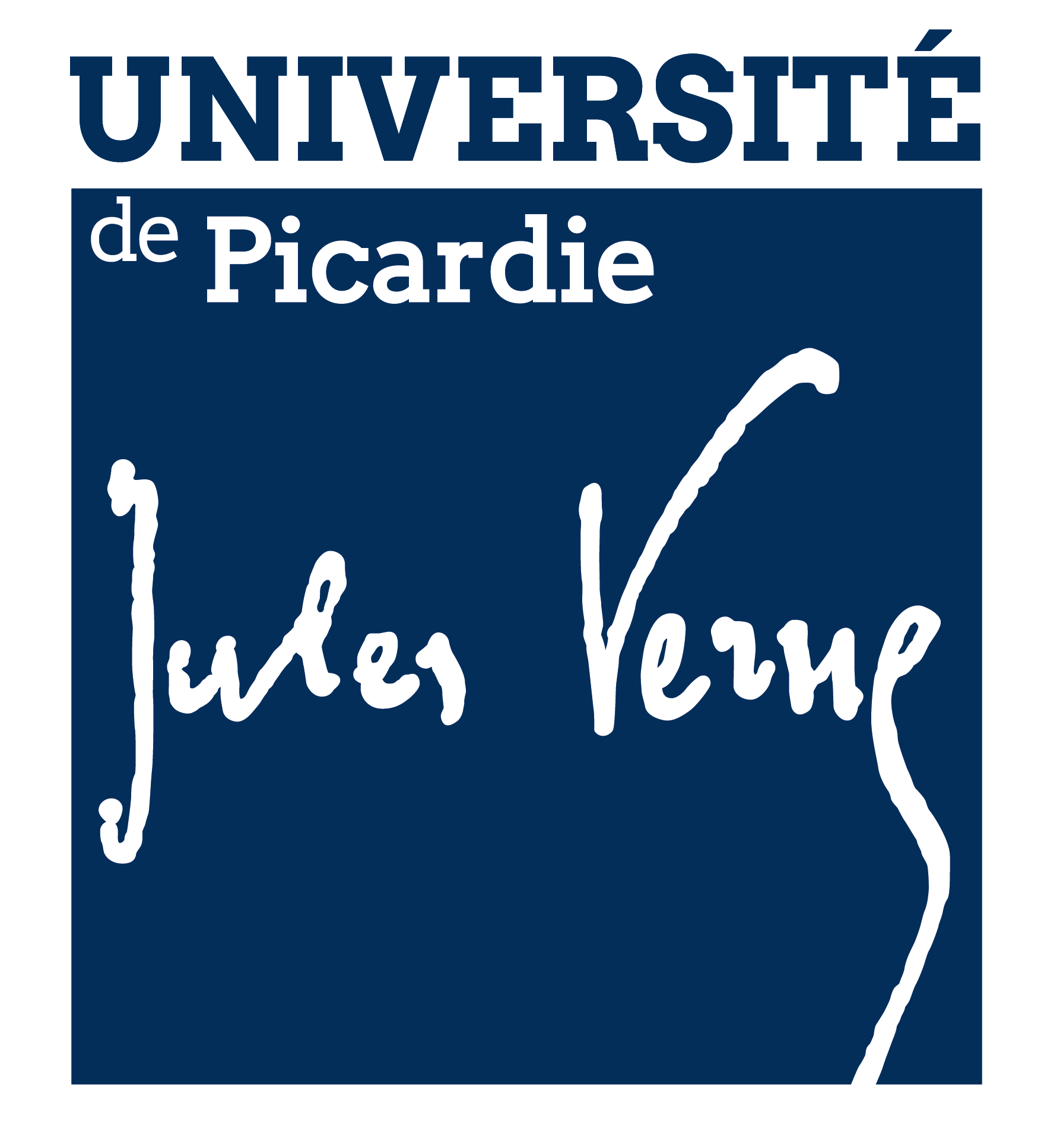Temozolomide treatment can improve overall survival in aggressive pituitary tumors and pituitary carcinomas
Helene Lasolle
(1, 2)
,
Christine Cortet
(3, 4)
,
Frederic Castinetti
(5, 6)
,
Lucie Cloix
(7, 8)
,
Philippe Caron
(9, 9)
,
Brigitte Delemer
(10, 10)
,
Rachel Desailloud
(11)
,
Christel Jublanc
(12)
,
Christine Lebrun-Frenay
(13, 14)
,
Jean-Louis Sadoul
(13, 15)
,
Luc Taillandier
(16)
,
Marie Batisse-Lignier
(17, 18)
,
Fabrice Bonnet
(19)
,
Nathalie Bourcigaux
(20)
,
Damien Bresson
(21)
,
Olivier Chabre
(22)
,
Philippe Chanson
(23, 24)
,
Cyril Garcia
(25)
,
Magalie Haissaguerre
(26, 27)
,
Yves Reznik
(28)
,
Sophie Borot
(29, 30)
,
Chiara Villa
(31, 32)
,
Alexandre Vasiljevic
(33)
,
Stephan Gaillard
(31)
,
Emmanuel Jouanneau
(1, 2)
,
Guillaume Assie
(34, 32)
,
Gerald Raverot
(33, 1)
1
UCBL -
Université Claude Bernard Lyon 1
2 HCL - Hospices Civils de Lyon
3 Hôpital Claude Huriez [Lille]
4 CHRU Lille - Centre Hospitalier Régional Universitaire [CHU Lille]
5 TIMONE - Hôpital de la Timone [CHU - APHM]
6 CHU Marseille
7 CHRU Tours - Centre Hospitalier Régional Universitaire de Tours
8 Hôpital Bretonneau
9 CHU Toulouse - Centre Hospitalier Universitaire de Toulouse
10 Hôpital universitaire Robert Debré [Reims]
11 CHU Amiens-Picardie
12 CHU Pitié-Salpêtrière [AP-HP]
13 CHU Nice - Centre Hospitalier Universitaire de Nice
14 CHU - Hôpital Pasteur [Nice]
15 Hôpital l'Archet
16 CHU de Poitiers [La Milétrie] - Centre hospitalier universitaire de Poitiers = Poitiers University Hospital
17 CHU Clermont-Ferrand
18 CHU Gabriel Montpied [Clermont-Ferrand]
19 Centre Hospitalier Universitaire de Rennes [CHU Rennes] = Rennes University Hospital [Ponchaillou]
20 CHU Saint-Antoine [AP-HP]
21 Hôpital Lariboisière-Fernand-Widal [APHP]
22 CHUGA - Centre Hospitalier Universitaire [CHU Grenoble]
23 Hôpital Bicêtre [AP-HP, Le Kremlin-Bicêtre]
24 Signalisation Hormonale, Physiopathologie Endocrinienne et Métabolique
25 HIA Begin - Hôpital d'Instruction des Armées Begin [Saint-Mandé, France]
26 Hôpital Haut-Lévêque [CHU Bordeaux]
27 CHU Bordeaux
28 Service Endocrinologie - Diabétologie [CHU Caen]
29 Service de Diabétologie - Endocrinologie [CHRU Besançon]
30 Hôpital JeanMinjoz
31 Hôpital Foch [Suresnes]
32 IC UM3 (UMR 8104 / U1016) - Institut Cochin
33 GHE - Groupement Hospitalier Lyon-Est
34 Hôpital Cochin [AP-HP]
2 HCL - Hospices Civils de Lyon
3 Hôpital Claude Huriez [Lille]
4 CHRU Lille - Centre Hospitalier Régional Universitaire [CHU Lille]
5 TIMONE - Hôpital de la Timone [CHU - APHM]
6 CHU Marseille
7 CHRU Tours - Centre Hospitalier Régional Universitaire de Tours
8 Hôpital Bretonneau
9 CHU Toulouse - Centre Hospitalier Universitaire de Toulouse
10 Hôpital universitaire Robert Debré [Reims]
11 CHU Amiens-Picardie
12 CHU Pitié-Salpêtrière [AP-HP]
13 CHU Nice - Centre Hospitalier Universitaire de Nice
14 CHU - Hôpital Pasteur [Nice]
15 Hôpital l'Archet
16 CHU de Poitiers [La Milétrie] - Centre hospitalier universitaire de Poitiers = Poitiers University Hospital
17 CHU Clermont-Ferrand
18 CHU Gabriel Montpied [Clermont-Ferrand]
19 Centre Hospitalier Universitaire de Rennes [CHU Rennes] = Rennes University Hospital [Ponchaillou]
20 CHU Saint-Antoine [AP-HP]
21 Hôpital Lariboisière-Fernand-Widal [APHP]
22 CHUGA - Centre Hospitalier Universitaire [CHU Grenoble]
23 Hôpital Bicêtre [AP-HP, Le Kremlin-Bicêtre]
24 Signalisation Hormonale, Physiopathologie Endocrinienne et Métabolique
25 HIA Begin - Hôpital d'Instruction des Armées Begin [Saint-Mandé, France]
26 Hôpital Haut-Lévêque [CHU Bordeaux]
27 CHU Bordeaux
28 Service Endocrinologie - Diabétologie [CHU Caen]
29 Service de Diabétologie - Endocrinologie [CHRU Besançon]
30 Hôpital JeanMinjoz
31 Hôpital Foch [Suresnes]
32 IC UM3 (UMR 8104 / U1016) - Institut Cochin
33 GHE - Groupement Hospitalier Lyon-Est
34 Hôpital Cochin [AP-HP]
Frederic Castinetti
- Fonction : Auteur
- PersonId : 16755
- IdHAL : frederic-castinetti
- ORCID : 0000-0002-1808-8800
- IdRef : 113296061
Philippe Caron
- Fonction : Auteur
- PersonId : 182594
- IdHAL : philippe-caron
- ORCID : 0000-0003-2208-3436
- IdRef : 031805787
Rachel Desailloud
- Fonction : Auteur
- PersonId : 767326
- IdHAL : desailra
- ORCID : 0000-0001-9976-7938
- IdRef : 078643422
Christine Lebrun-Frenay
- Fonction : Auteur
- PersonId : 770285
- ORCID : 0000-0002-3713-2416
- IdRef : 074517929
Marie Batisse-Lignier
- Fonction : Auteur
Philippe Chanson
- Fonction : Auteur
- PersonId : 1329835
- IdHAL : philippe-chanson
- ORCID : 0000-0001-5096-5722
- IdRef : 029294452
Gerald Raverot
- Fonction : Auteur
- PersonId : 763607
- ORCID : 0000-0002-9517-338X
- IdRef : 073657905
Résumé
Objectives: Only few retrospective studies have reported an efficacy rate of temozolomide (TMZ) in pituitary tumors (PT), all around 50%. However, the long-term survival of treated patients is rarely evaluated. We therefore aimed to describe the use of TMZ on PT in clinical practice and evaluate the long-term survival. Design: Multicenter retrospective study by members of the French Society of Endocrinology. Methods: Forty-three patients (14 women) treated with TMZ between 2006 and 2016 were included. Most tumors were corticotroph (n = 23) or lactotroph (n = 13), and 14 were carcinomas. Clinical/pathological characteristics of PT, as well as data from treatment evaluation and from the last follow-up were recorded. A partial response was considered as a decrease in the maximal tumor diameter by more than 30% and/or in the hormonal rate by more than 50% at the end of treatment. Results: The median treatment duration was 6.5 cycles (range 2-24), using a standard regimen for most and combined radiotherapy for six. Twenty-two patients (51.2%) were considered as responders. Silent tumor at diagnosis was associated with a poor response. The median follow-up after the end of treatment was 16 months (0-72). Overall survival was significantly higher among responders (P = 0.002); however, ten patients relapsed 5 months (0-57) after the end of TMZ treatment, five in whom TMZ was reinitiated without success. Discussion: Patients in our series showed a 51.2% response rate to TMZ, with an improved survival among responders despite frequent relapses. Our study highlights the high variability and lack of standardization of treatment protocols.
